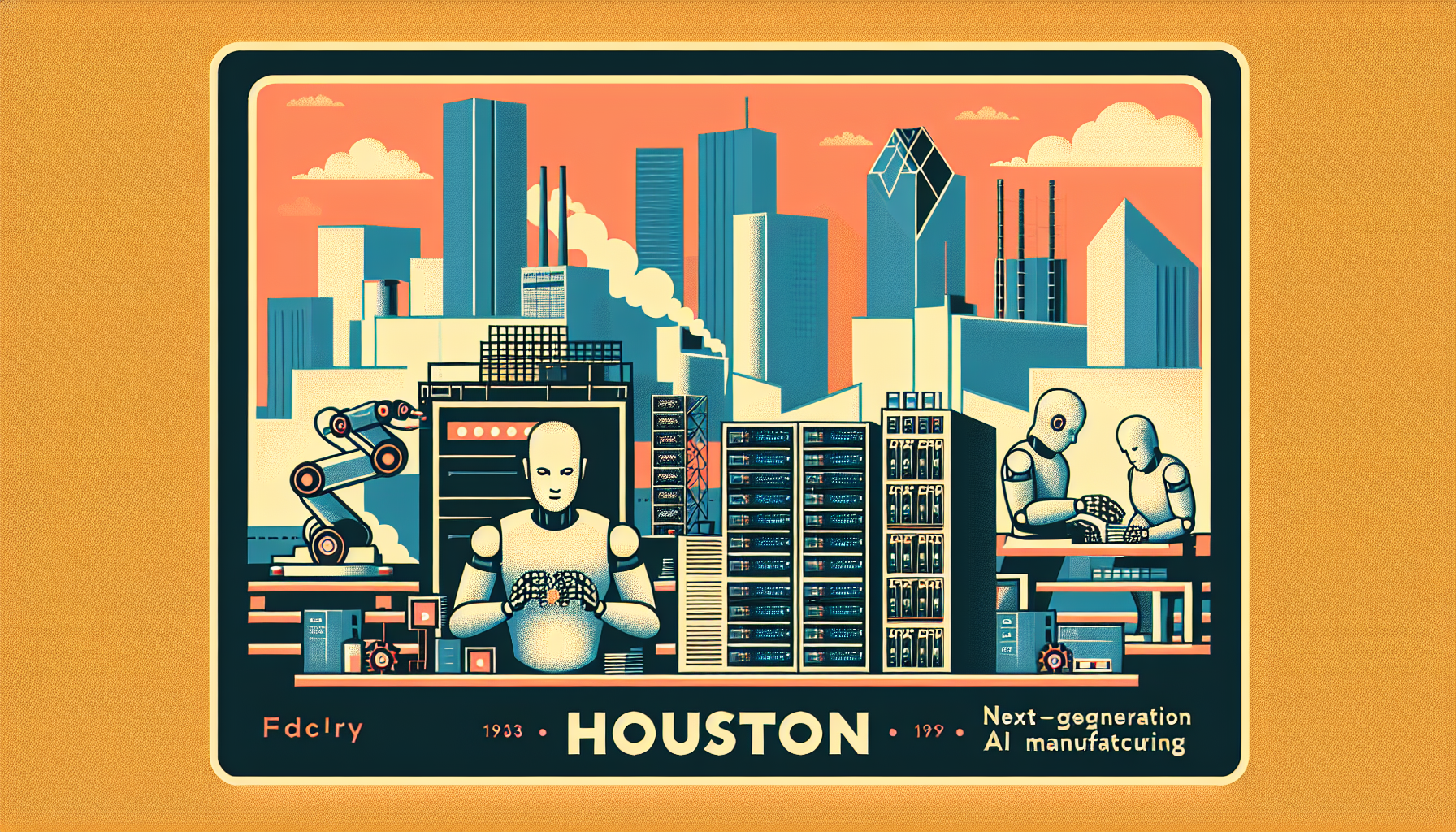In Houston, a new era in manufacturing is quietly beginning. Nvidia and Foxconn, two leaders in technology and hardware, are working together to build a factory where humanoid robots will assemble next-generation AI servers. This partnership marks a profound shift in how complex technology is made, blending human-inspired robotics with the latest advancements in artificial intelligence.
The Role of Humanoid Robots
At the heart of this factory, advanced humanoid robots will take on the careful work of assembling Nvidia’s GB300 AI servers. Until now, this is a job that has depended on skilled human hands. By entrusting it to machines built to reflect human abilities, Nvidia and Foxconn are moving engineering into a new phase. These robots are more than machines—they represent years of research in robotics, sensing, and artificial intelligence, coming together to transform the very nature of work on the factory floor.
Their primary job will be on the assembly line, piecing together the powerful AI servers that will drive future innovations in data centers and beyond. Precision, speed, and tireless consistency are just the beginning. As these robots learn and adapt, they create new possibilities for how technology is built, aiming for fewer errors, higher speed, and untiring quality.
Engineering and Innovation
Foxconn has invested significant effort in creating its own humanoid robots, working closely with Nvidia’s design and AI expertise. Some robots from China’s UBTech have also been tested. While the full details remain guarded—such as the appearance, specific tasks, and how many robots will work in the facility—the intention is clear: to use robotics not just to assist humans, but to pioneer entire processes from start to finish.
A Site Chosen for Progress
The new factory in Houston offers more than fresh concrete and open space—it was selected because it provides an ideal environment for deploying advanced robotics. Spacious, modern, and primed for high-tech upgrades, the plant is Foxconn’s first site where humanoid robots will stand side-by-side on the production lines. Once operational in early 2026, it will set a high standard for future factories around the world.
A Milestone in Smart Manufacturing
This project is more than a technological leap; it is a turning point for smart manufacturing. By putting humanoid robots at the center of production, Nvidia and Foxconn are laying the groundwork for how factories might look in the decades ahead. These efforts extend far beyond server assembly—they also shape the future for other industries, including electric and autonomous vehicles, where both companies are actively involved.
Each robot represents a step toward deeper integration of AI and automation in everyday manufacturing. As these changes take hold, they hold the promise of more reliable, scalable production, helping companies answer the challenges of labor shortages and growing demands for precision.
The Broader Impact
Introducing humanoid robots into the assembly of AI servers is more than just an upgrade—it’s a sign of where technology is heading. For the technology and semiconductor sectors, it points to a future where automation and artificial intelligence define how the world’s most advanced products are made.
The collaboration between Nvidia and Foxconn has implications that reach far beyond the walls of one Houston factory. As new standards for efficiency and precision are set, other manufacturers around the globe are likely to follow. The dream of smart, self-optimizing factories, guided by artificial minds and steady robotic hands, is moving closer to reality.
Looking Ahead
The Houston factory’s coming launch in 2026 is more than a business announcement—it is a landmark moment in industrial history. By relying on humanoid robots, Nvidia and Foxconn are not only shaping the future of their own companies, but setting an example of progress, innovation, and vision for the whole world to follow.

Leave a Reply